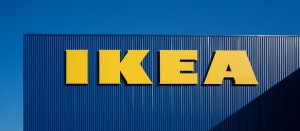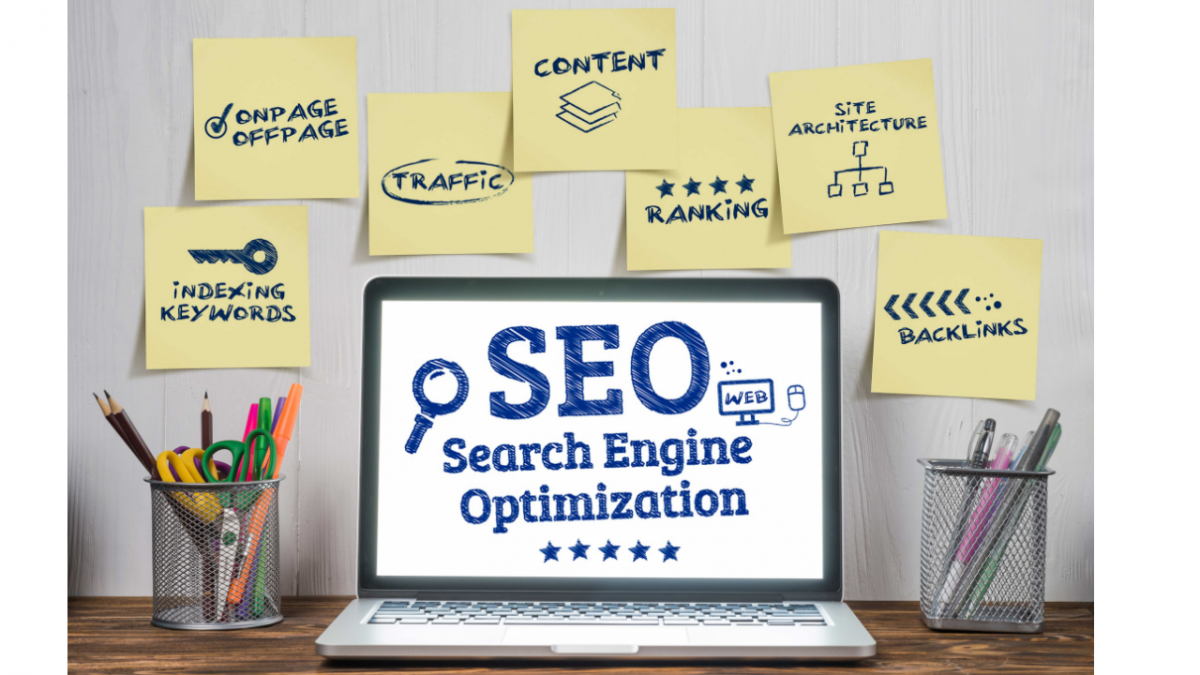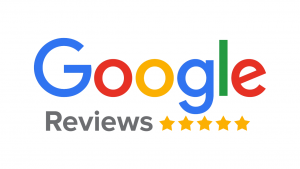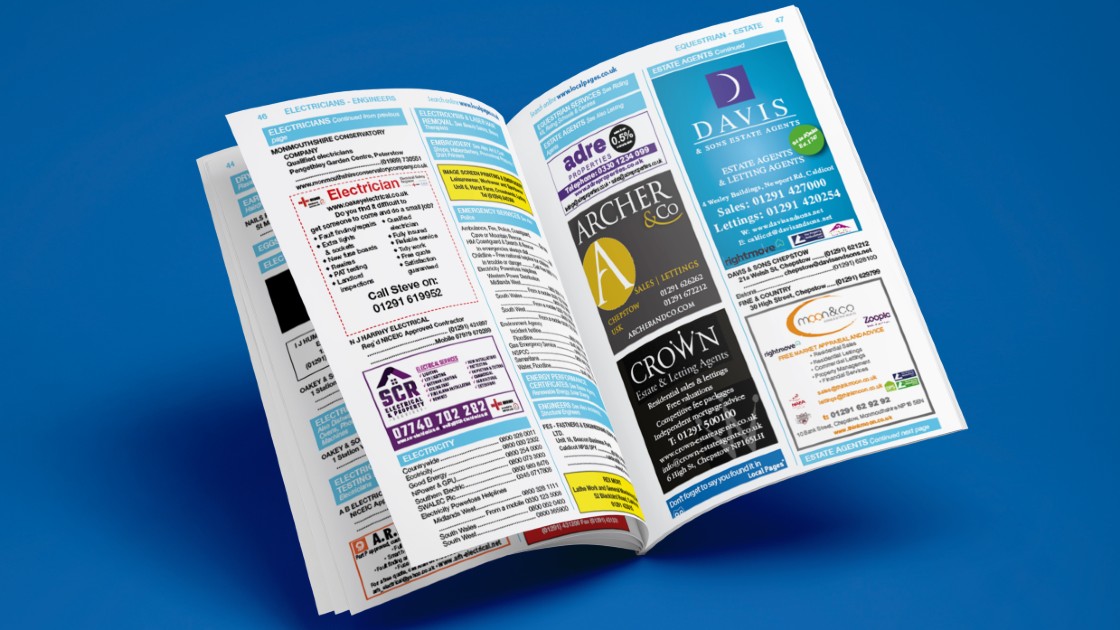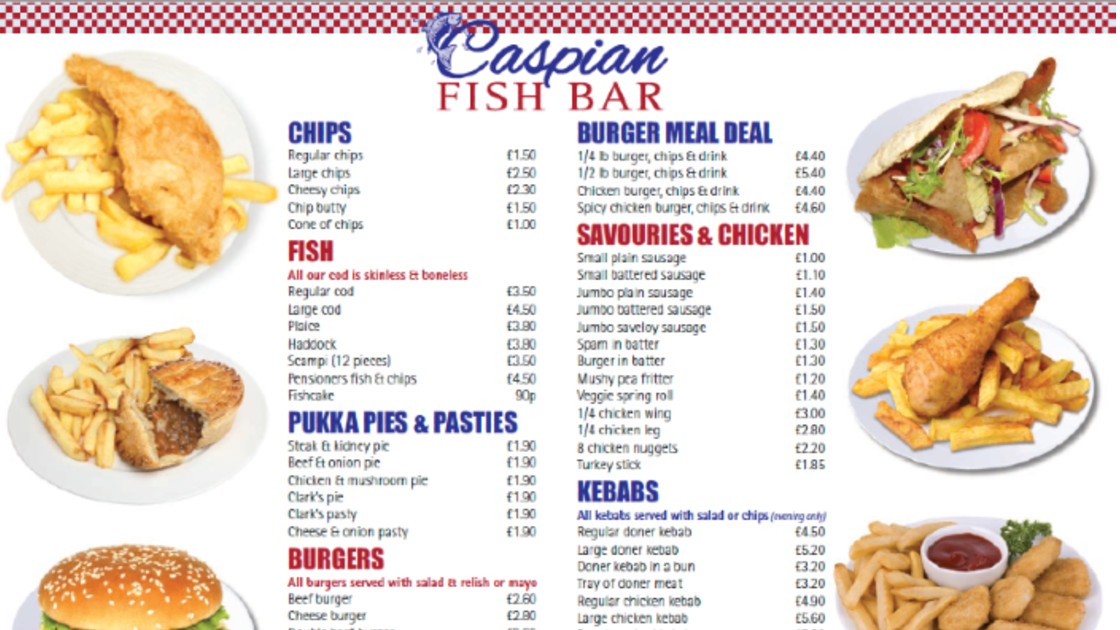Local marketing, or hyper-local marketing, targets customers within a specific area. This approach allows businesses to stand out and be more accessible to potential customers nearby. For example, when people in your area search for services, having strong local visibility ensures your business is one of the first they see.
There are several reasons to consider a local marketing strategy:
- Cost-Effective: Local marketing efforts can be more budget-friendly than broad campaigns, allowing you to focus on the most relevant audience for your business.
- Higher Engagement: Customers often feel a stronger connection to local businesses, making them more likely to engage, leave reviews, and spread the word.
- Better ROI: With targeted campaigns, you’re reaching people more likely to need your service, resulting in better conversions and a higher return on investment.
How can you Advertise Locally?
Leverage Local SEO for More Visibility
Local SEO (Search Engine Optimisation) is essential for helping your business show up in online searches within your area. By optimising your website and online presence for local search, you’ll reach customers who are actively searching for services you provide.
- Google My Business: Setting up or optimizing your Google My Business profile is a crucial step. Ensure your information is complete and accurate, including your business hours, contact info, and location.
- Local Keywords: Include location-specific keywords on your website and blog to improve search engine visibility. For example, a dog groomer in Bristol might use keywords like “Bristol dog grooming” or “dog groomer near me.”
- Customer Reviews: Encourage satisfied customers to leave reviews. Positive reviews boost credibility and improve your ranking on Google’s local search results.
Use Print Marketing to Reach Local Audiences
Print marketing remains an impactful way to reach local customers directly. Flyers, business cards, and local directories are all effective ways to advertise your business within the community.
- Direct Mail Campaigns: Target neighborhoods in your area with promotional offers, service updates, or seasonal deals.
- Flyers & Posters: Partner with other local businesses, like cafes or community centers, to display your materials in places where your target audience frequents.
- Local Directories: Listing your business in a local directory like Local Pages can significantly boost your visibility and reach in nearby areas, making it easier for customers to find you.
Get Involved with the Community
Engaging with your community not only builds a strong local reputation but also establishes trust with potential customers. Here are some ways to connect:
- Sponsor Local Events: Support local sports teams, schools, or community events. Sponsorships show that you’re invested in the community, increasing goodwill and brand awareness.
- Partner with Local Businesses: Collaborate with other local businesses on joint promotions or events. For example, a dog groomer could team up with a pet store for a co-hosted pet care day.
- Volunteer: Get involved in community service projects or volunteer for local initiatives. This not only helps your community but also builds relationships with residents and other local businesses.
Run Geo-Targeted Digital Ads
Geo-targeted digital ads allow you to focus your advertising budget on a specific geographic area, ensuring your message reaches local customers. Platforms like Google Ads and Facebook Ads make it easy to set up location-based targeting.
- Google Ads with Location Targeting: Run pay-per-click (PPC) ads that focus on users within a specific radius of your business. You can also optimise ad copy to mention your city or region.
- Social Media Ads: Platforms like Facebook and Instagram allow for highly specific location targeting. You can run ads that only show up for users within certain zip codes or even miles from your location.
- Localised Offers: Promote special deals or discounts to those in the immediate area. Localised offers make your ads even more relevant, increasing the likelihood of engagement and conversions.
Optimise for Mobile Users
Many local searches are performed on mobile devices, so it’s essential that your website and ads are optimised for mobile users. Mobile-friendly content makes it easy for customers to find you on the go.
- Responsive Website Design: Ensure your website looks and functions well on mobile devices. A mobile-optimised site loads quickly and has a clean, easy-to-navigate layout.
- Clickable Contact Info: Make it easy for mobile users to contact you by adding clickable phone numbers and map links to your website.
- Mobile Ads: Consider running mobile-optimised ads, especially on social media, to capture users who are searching for services in the area.
How Local Pages Can Help
At Local Pages, we specialize in helping small businesses strengthen their local presence through a mix of print, digital, and design services. We understand the needs of businesses and work closely with you to tailor strategies that suit your unique goals. From listing your business in our directory to creating targeted ads, we’re here to help you connect with your community and grow your brand.
Ready to attract more local customers and expand your business? Contact us today for a free consultation, and let’s work together to give your business the local advantage!
Visit The Little Blue Blog for more insights and tips on growing your business through local marketing. Let’s make your brand the go-to in your community!
Leave a comment on Why Local Marketing MattersCategories Advertising, Blog, Branding, Business Tips, digital marketing, Help & Advice, Local Pages News, Marketing, Media, Print, Sales, Small businesses, Social media, Websites
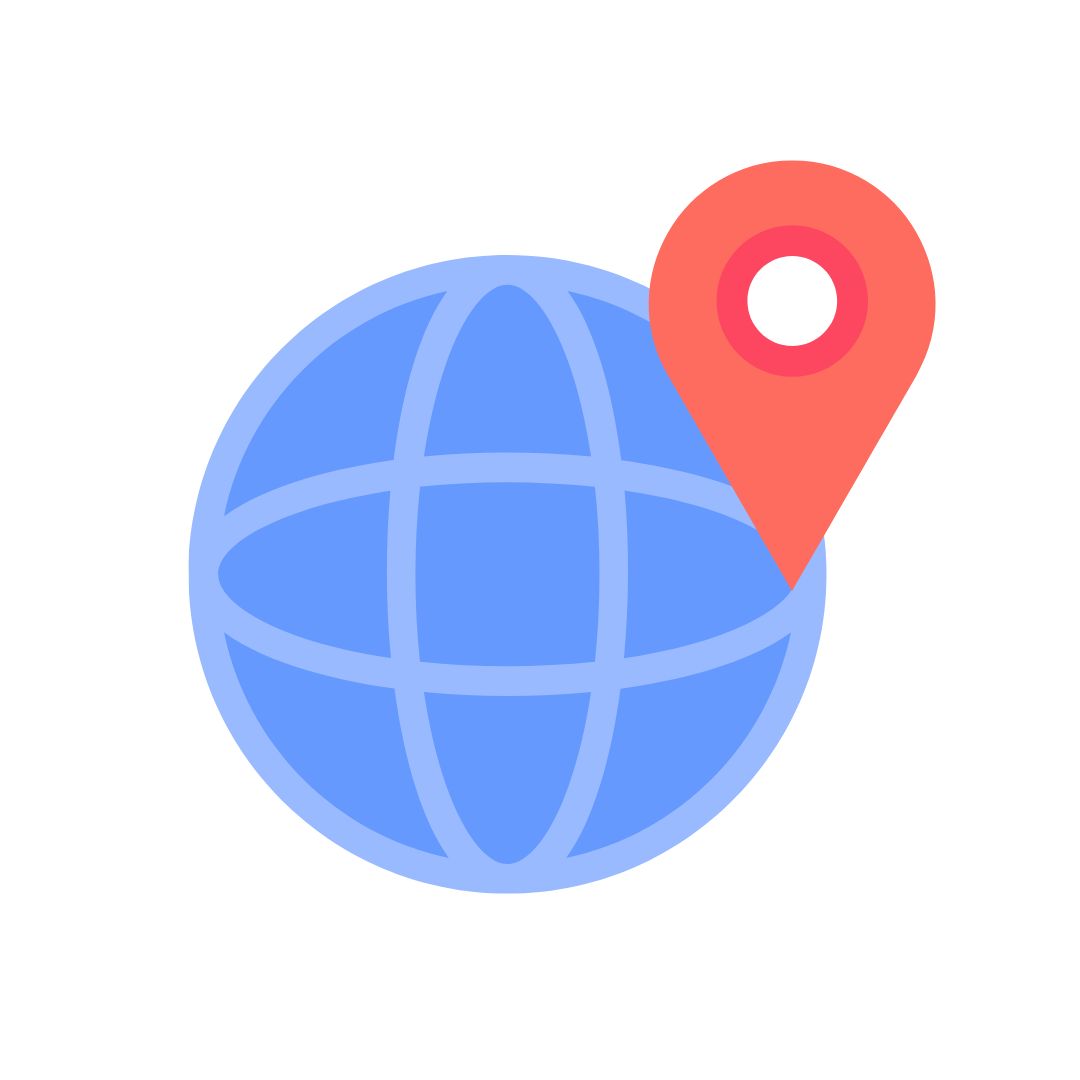



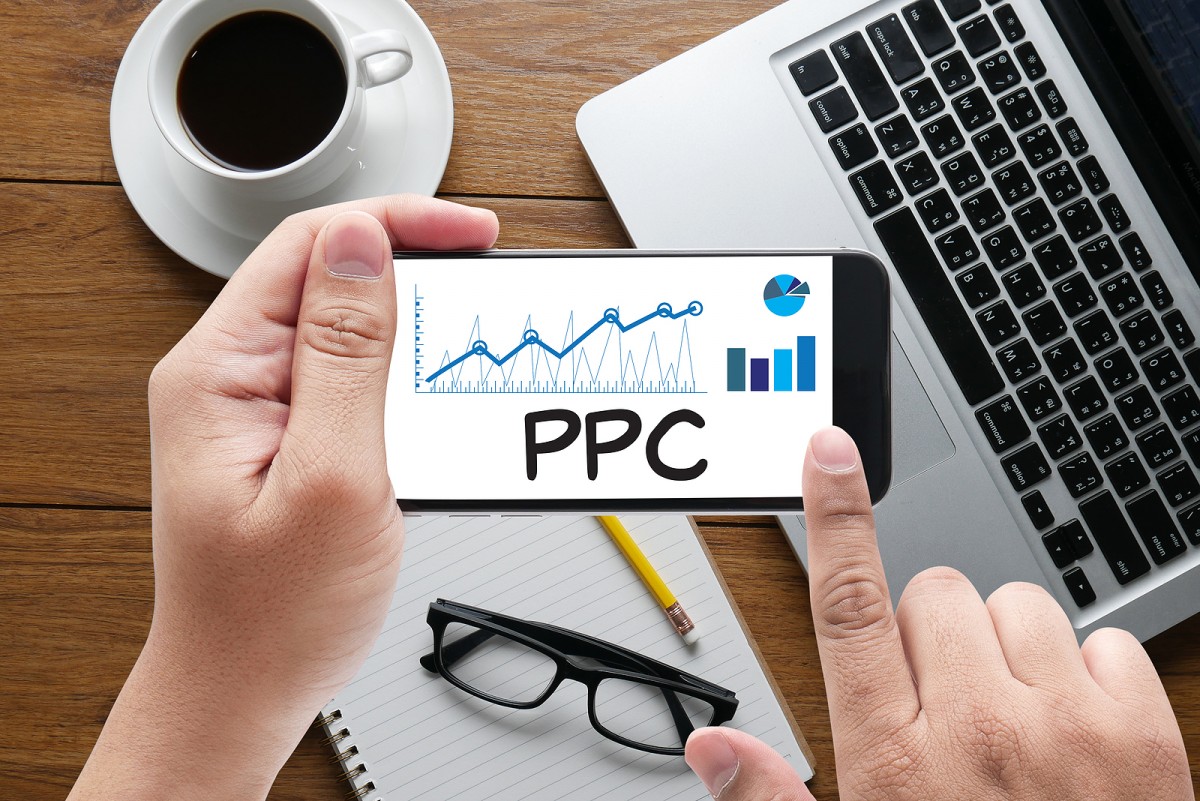

 When developing or auditing your brand identity, be sure to read the
When developing or auditing your brand identity, be sure to read the 



